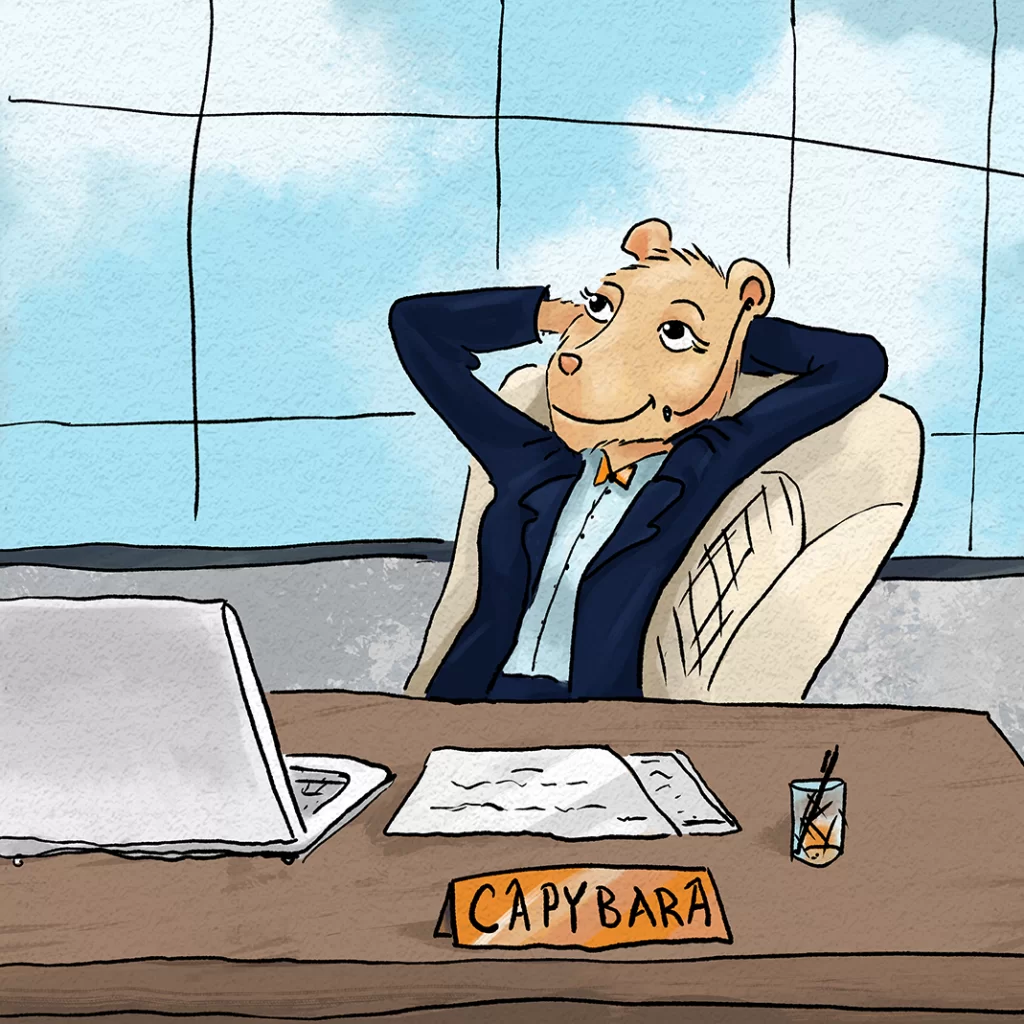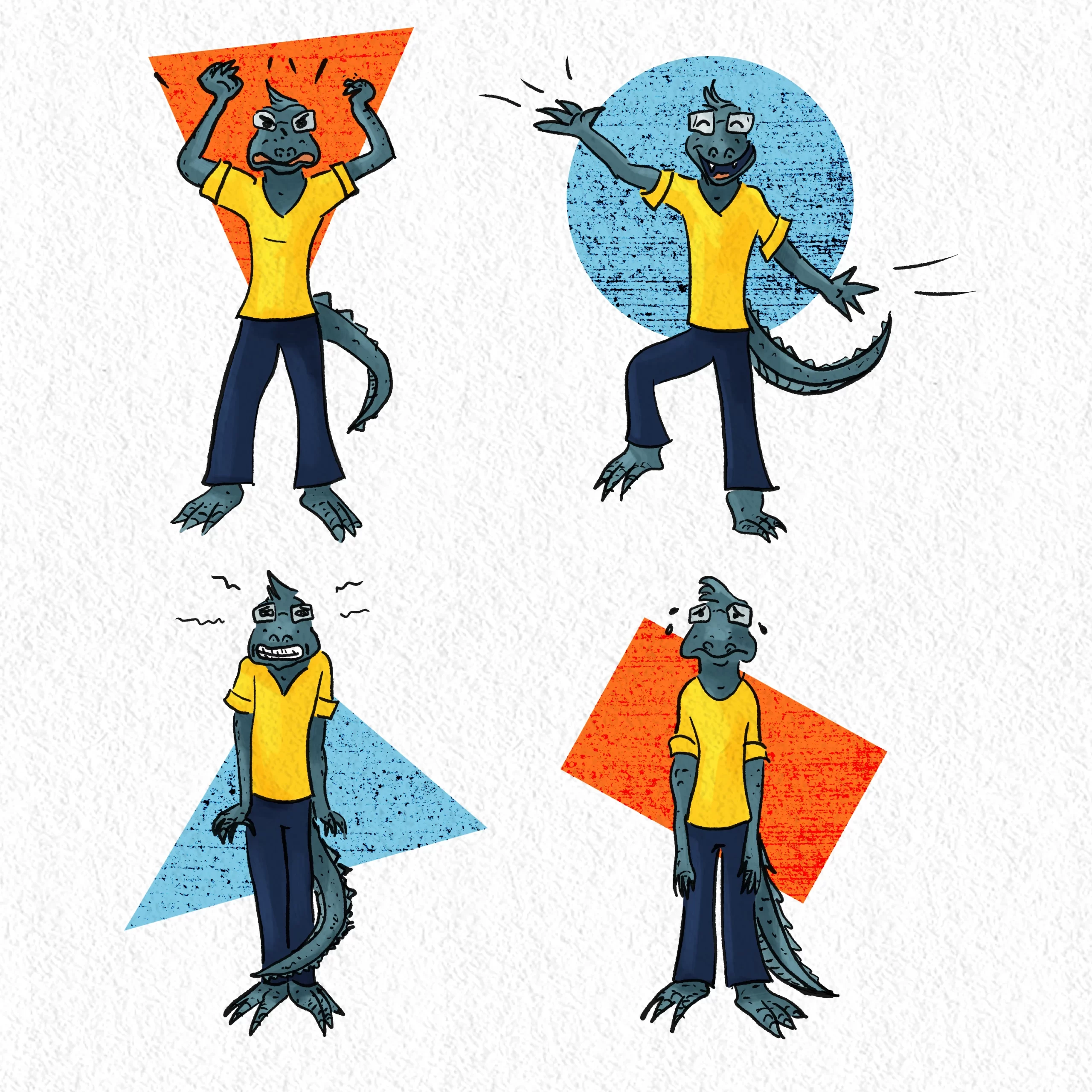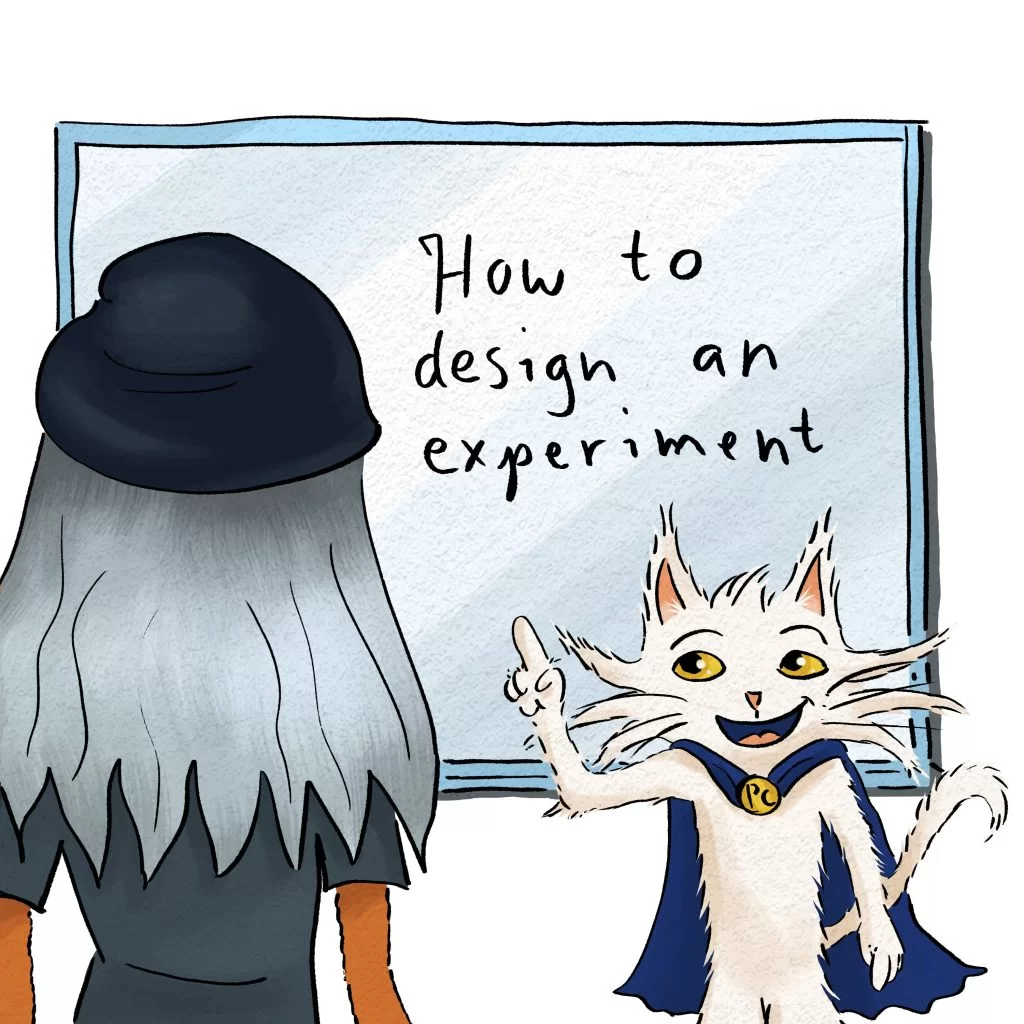
You want to do an experiment to inform your decisions in your Maker or small-scale manufacturing business. (If you don’t? Read the last article to learn why experiments can help you optimize your manufacturing process.)
Rhonda was convinced.
If you’re a regular PCat reader, you know that Rhonda is a retired nurse who now runs a small business making wooden items in her garage to sell at craft fairs and online.
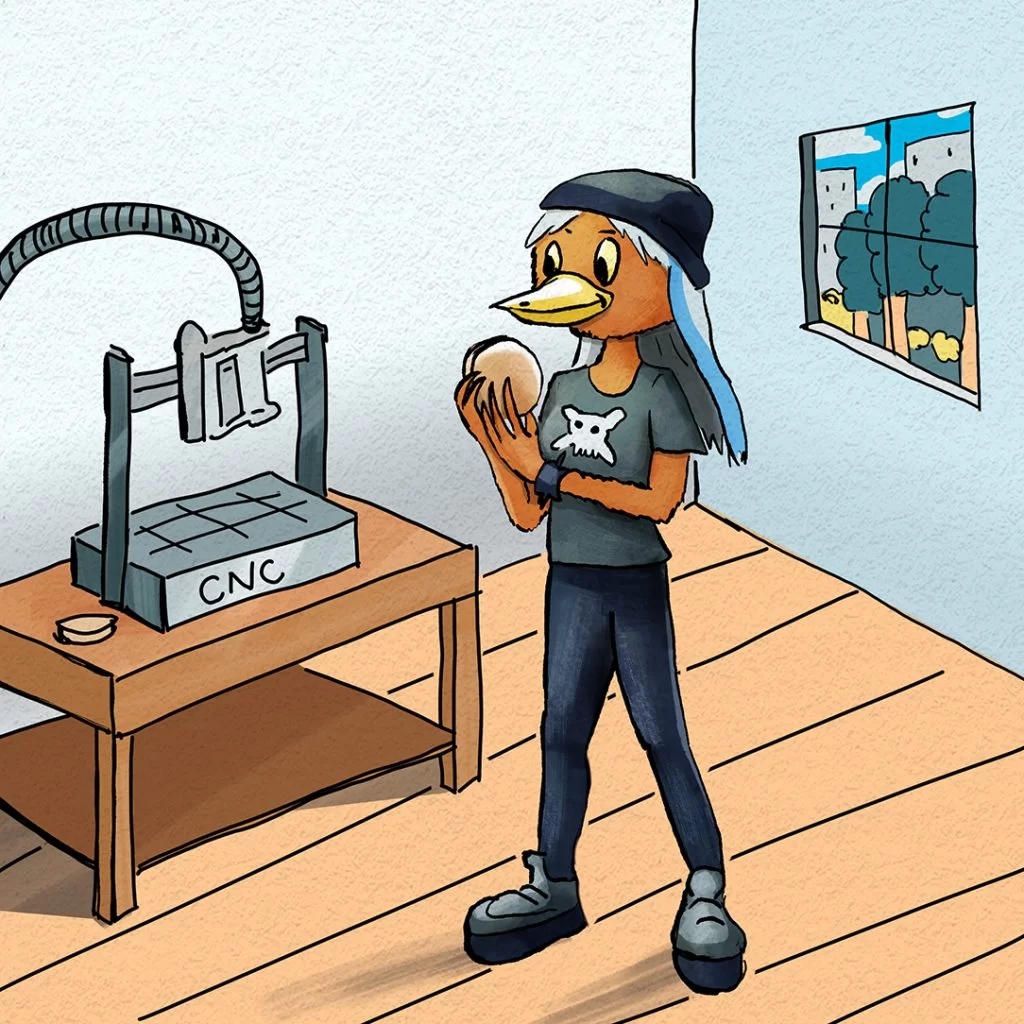
Last article, Process Cat convinced her that performing experiments could be a good way to help her optimize her latest product.
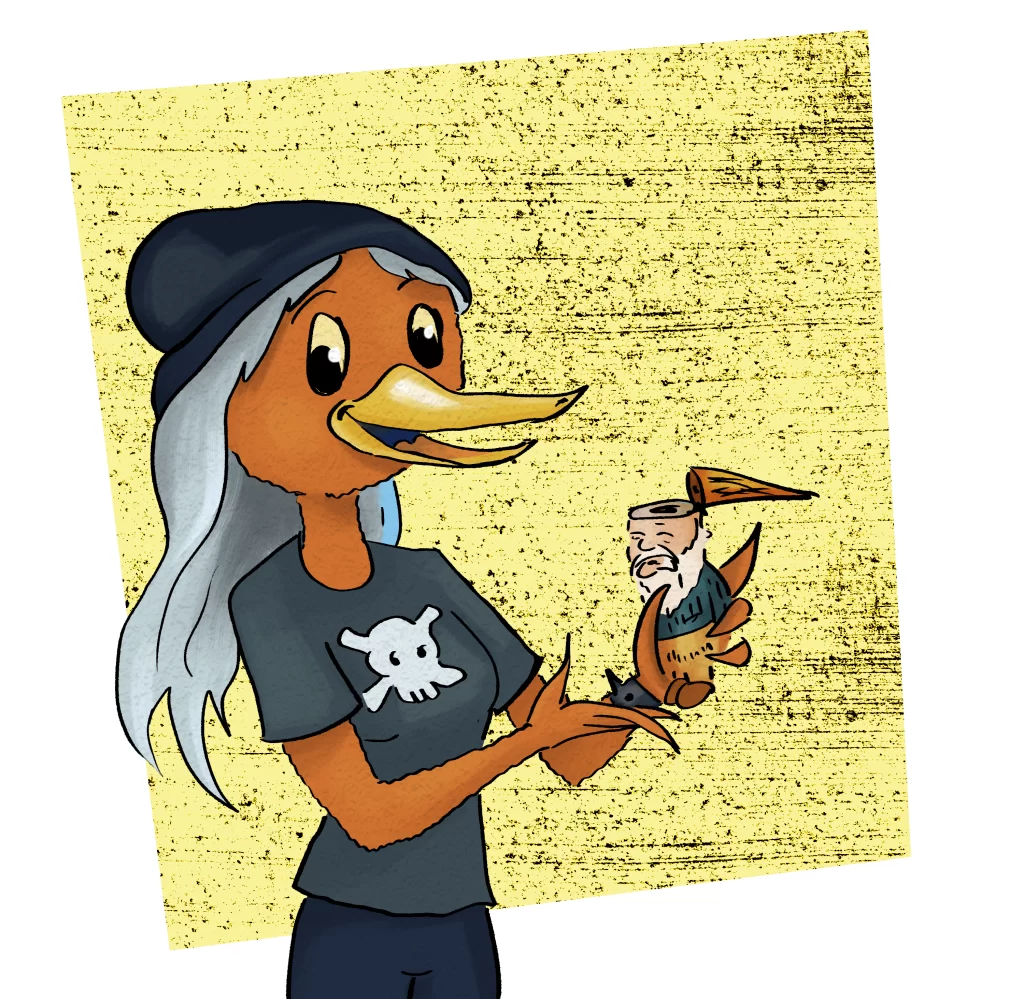
Rhonda also learned in the last article how not to do an experiment. So, realizing that she “didn’t know what she didn’t know,” she decided to proactively ask her friend Process Cat to teach her the basics of experimental design.
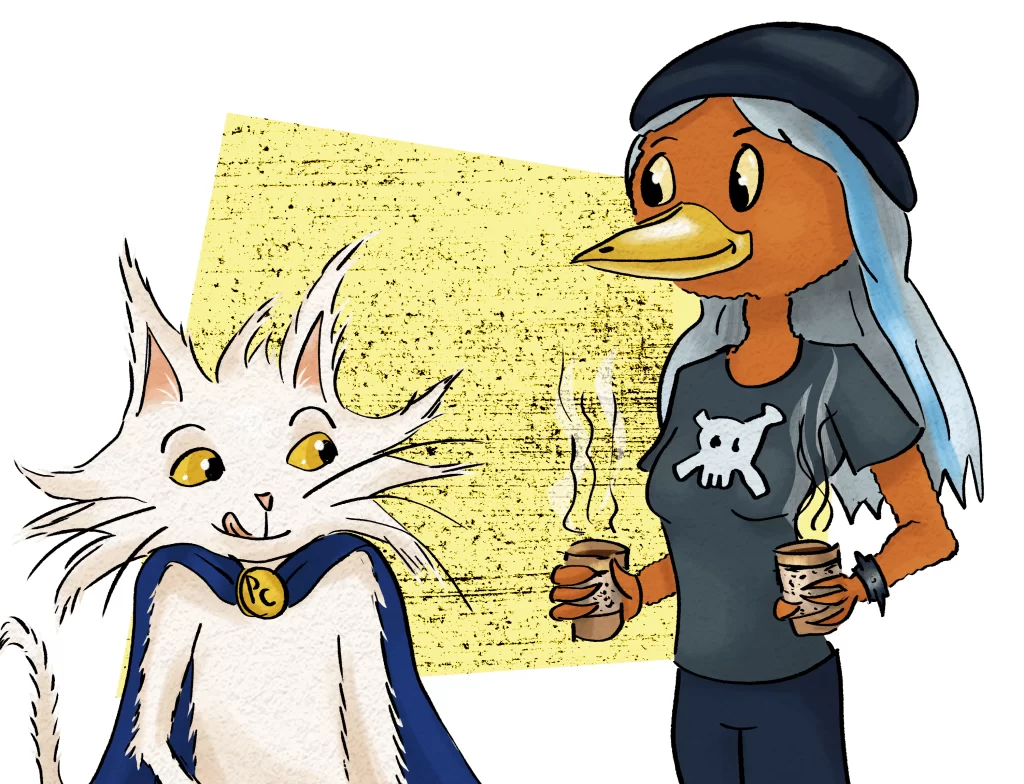
And she asked him, “What do I need to know to design a good experiment?”
Experimental Design: Let’s start with definitions.
An experiment is a procedure performed in a controlled setting, to test the effect of some factor on (in your case) your finished product.
In Rhonda’s case the product is the beer mug, and she has several factors that she wants to test: the type of wood, the type of varnish, and the type of CNC carving machine she’s using. She wants to test whether changing these things will help her gnome mugs to be less leaky. Because, well, who wants a leaky beer mug?
So Process Cat points out the phrase “some factor” in the above definition. The word “factor” is singular. In other words, good experimental design to test these 3 factors would mean doing 3 separate experiments.
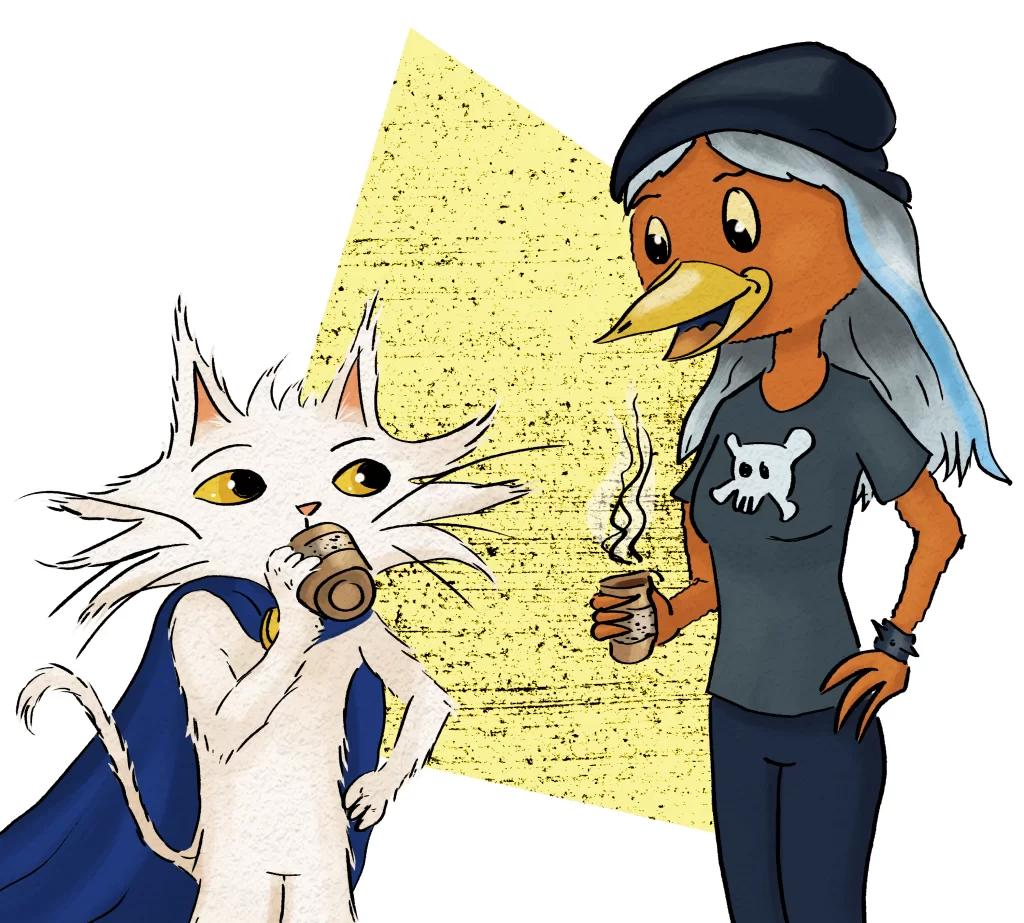
The new CNC Carver.
Why? Because she’s already bought it and the window to return it is only 30 days! Is this the most technically, scientifically perfect way to choose which factor to test first? Of course not. But remember:
The goal is not to conduct perfect experiments; it is to make better decisions. –
Eric T. Anderson in Harvard Business Review.
And, well, the most important decision Rhonda needs to make right now is whether or not to keep the expensive machine that she just bought! So she and Process Cat sit down and work on designing a good experiment…
But that’s a story for next time.
Weekly Challenge:
Do you have something you want to improve in your product? Make a list of factors that you think could be relevant and decide which one to test first. (It’s fine if your answer is “it doesn’t matter.” In that case, just pick one.) And come back next time to learn how to design that experiment.
Ps. If you’re interested in doing your own online research on this topic, note that a lot of what comes up for “Experimental Design” will talk about experiments involving human subjects, such as psychological or medical experiments. Try “DOE for manufacturing” to get information that’s more tailored to maker business needs! You can also check out this article for more information!


